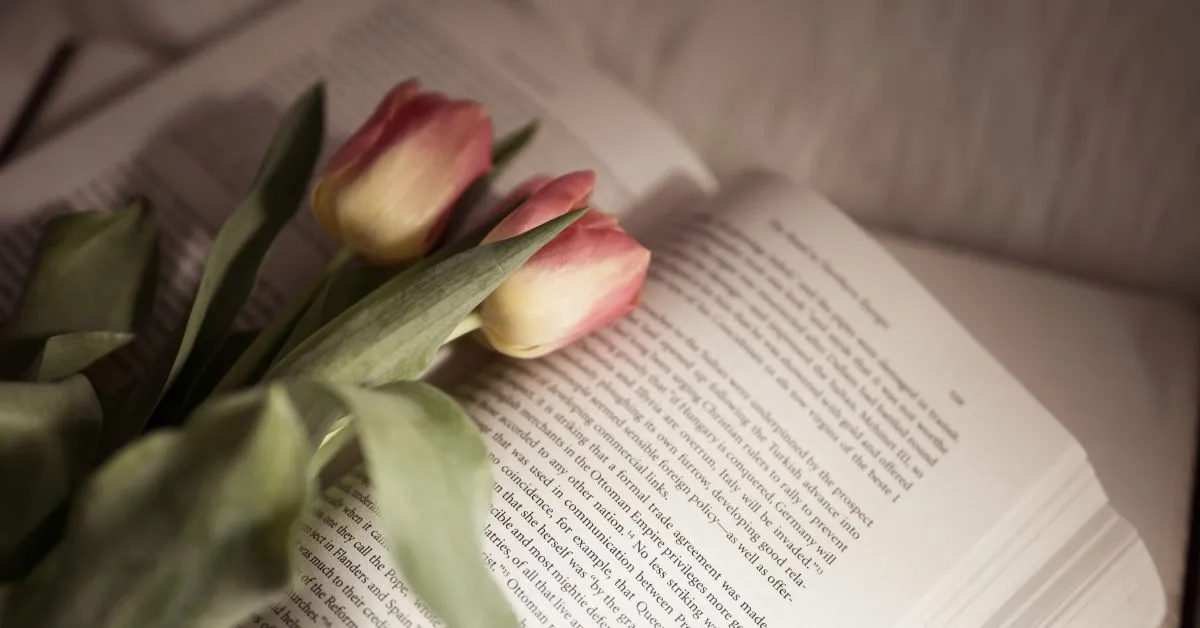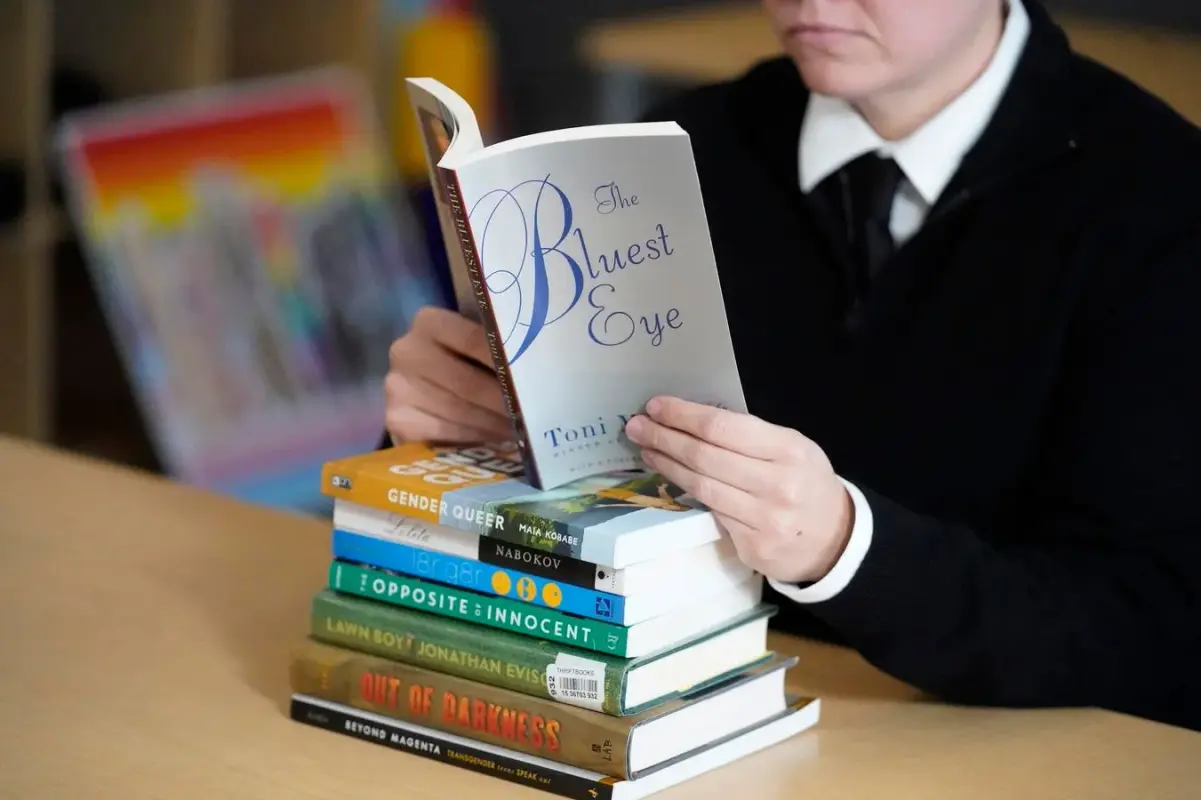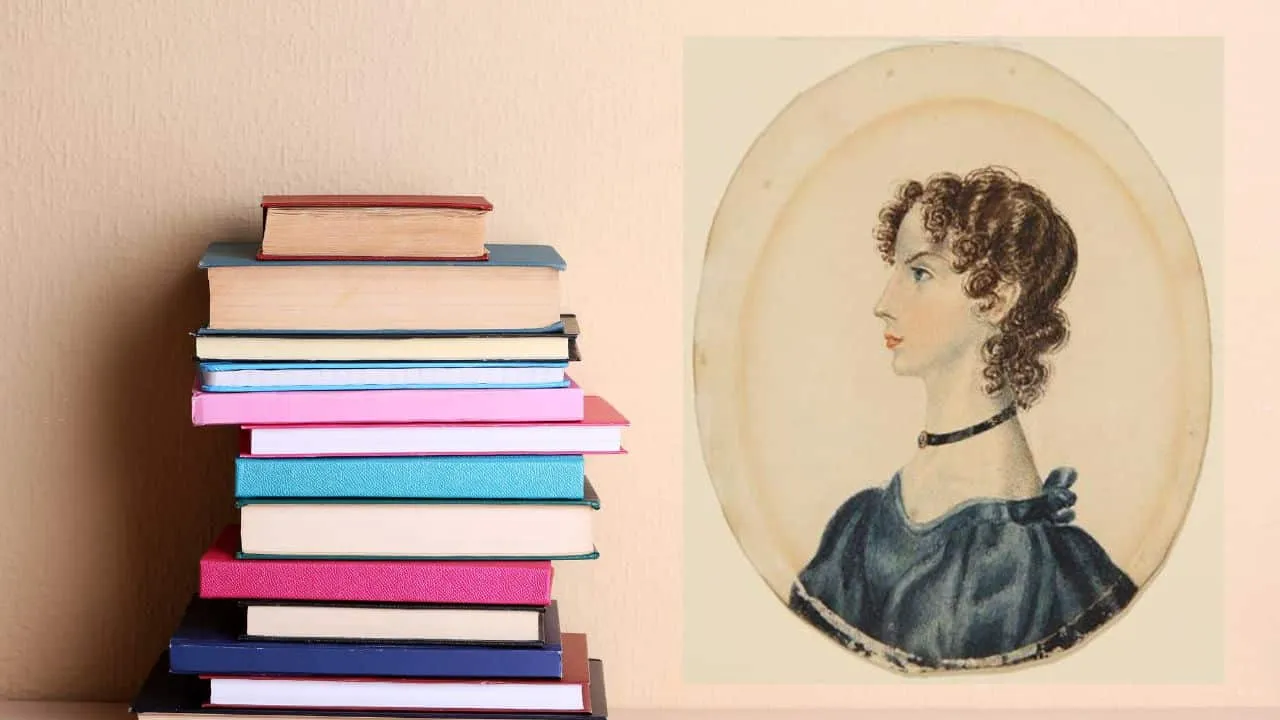Classic Romance Novels: Timeless Tales of Love and Longing

Sentiment has been a foundation of writing for centuries, capturing hearts with stories of cherish, misfortune, and yearning. From the slow-burning pressure of period shows to clearing adore stories that oppose the chances, classic sentiment books stay a adored sort that rises above time and patterns. These books not as it were reflect the societal standards and values of their time but moreover investigate the all inclusive feelings of energy, shock, and hope.
Whether you’re a miserable sentimental or a scholarly devotee, this direct to classic sentiment books will present you to extraordinary characters, famous adore stories, and the persevering enchantment of sentiment literature.
Read Also: Romantic Novel Book Review for Beginners: A Journey into Love and Literature
Why Classic Sentiment Books Still Matter?

Before we jump into the must-read titles, let’s get it why classic sentiments proceed to charm perusers around the world.
1. All inclusive Themes
Love, envy, give up, and destiny—these are subjects that never go out of fashion. Perusers can relate to the passionate complexity of connections, no matter the verifiable backdrop.
2. Wealthy Characters
Classic sentiment creators created profoundly nuanced heroes, regularly solid ladies and sincerely complex men. Their improvement, choices, and blemishes are central to the story’s pressure and appeal.
3. Chronicled and Social Insight
These books offer a window into the traditions, societal standards, and sexual orientation parts of past centuries, making them as instructive as they are entertaining.
4. Scholarly Excellence
Written in delightfully expressive dialect, classic sentiments regularly set the bar for present day sentimental fiction. Numerous include expressive exposition, sharp mind, and layered symbolism.
Top 10 Classic Sentiment Books You Ought to Read

1. Pride and Bias by Jane Austen (1813)
No list of classic sentiments is total without Pride and Bias. Elizabeth Bennet and Mr. Darcy’s slow-burning sentiment is a masterclass in mind, pride, and passionate change. Set in Georgian Britain, this novel remains cherished for its solid courageous woman, social commentary, and extraordinary banter.
Why examined it? For the famous enemies-to-lovers bend and Austen’s gnawing parody of course and marriage norms.
2. Jane Eyre by Charlotte Brontë (1847)
Orphaned, abused, and furiously free, Jane Eyre manufactures her way as a tutor at Thornfield Lobby, where she meets the brooding Mr. Rochester. This Gothic sentiment investigates topics of ethical quality, character, and internal strength.
Why perused it? It’s a compelling mix of sentiment and mental profundity, with a courageous woman ahead of her time.
3. Wuthering Statures by Emily Brontë (1847)
Dark, seriously, and hauntingly excellent, Wuthering Statures tells the story of the destined adore between Heathcliff and Catherine Earnshaw. Set on the grouchy Yorkshire fields, this novel investigates the dangerous control of fixation and revenge.
Why examined it? For its crude feeling and bent, extraordinary cherish story.
4. Anna Karenina by Leo Tolstoy (1877)
A perfect work of art of Russian writing, Anna Karenina weaves the story of a hitched aristocrat’s energetic issue with Check Vronsky. The novel contrasts individual want with societal desires and ethical consequences.
Why perused it? Tolstoy’s investigation of cherish, devotion, and catastrophe is both epic and intimate.
5. Gone with the Wind by Margaret Mitchell (1936)
Set amid the American Respectful War, this Pulitzer Prize-winning novel takes after Scarlett O’Hara, a persistent Southern beauty, and her riotous relationship with the cryptic Rhett Butler. It’s a story of survival, pride, and persevering passion.
Why perused it? For its fantastic authentic scope and famous sentimental tension.
6. The Age of Blamelessness by Edith Wharton (1920)
In Plated Age Modern York, Newland Toxophilite is torn between obligation and crave when he falls for the offbeat Lady Ellen Olenska. Wharton investigates the limitations of society and the penances individuals make for love.
Why examined it? For its rich composition and profoundly enthusiastic depiction of illegal love.
7. Influence by Jane Austen (1818)
A calmer, more develop sentiment from Austen, Influence tells the story of Anne Elliot, who is rejoined with Captain Wentworth, the man she once rejected. With subjects of lament, moment chances, and persevering cherish, it’s a fan favorite among Austenites.
Why examined it? For its passionate profundity and the unobtrusive control of revived love.
8. Rebecca by Daphne du Maurier (1938)
Part sentiment, portion secret, Rebecca takes after a youthful lady who weds the well off Adage de Winter and moves into his frequenting domain, Manderley. There, she is eclipsed by the memory of his to begin with spouse, Rebecca.
Why studied it? For its suspenseful plot and ghostly however captivating sentimental tension.
You May Also Like: Can I Have Autobiography And Biography In My Book?
9. A Room with a See by E.M. Forster (1908)
This novel investigates the arousing of Lucy Honeychurch, a youthful lady torn between tradition and energy whereas on a trip to Italy. It's a coming-of-age sentiment with magnanimous dosages of parody and social critique.
Why examined it? For its charming European setting and the delight of choosing cherish over propriety.
10. Specialist Zhivago by Boris Pasternak (1957)
Set against the scenery of the Russian Transformation, this novel follows the life of Yuri Zhivago and his awful adore for Lara Antipova. It’s a effective portrayal of adore in the midst of chaos and political upheaval.
Why perused it? For its wonderful dialect and heart-wrenching depiction of adore and war.
Common Tropes in Classic Sentiment Novels

Understanding the tropes in classic sentiments can offer assistance you appreciate how they've impacted cutting edge sentimental fiction:
Enemies to Significant others: Seen in Pride and Prejudice.
Forbidden Cherish: As in Anna Karenina and The Age of Innocence.
Second Chances: A central topic in Persuasion.
Tragic Sentiment: Found in Wuthering Statures and Specialist Zhivago.
Love vs. Obligation: Investigated profoundly in A Room with a View.
These tropes have persevered since they tap into genuine enthusiastic problems and resound over generations.
How to Get Begun with Classic Sentiment Reading?
If you’re unused to perusing classic sentiments, here are a few tips:
1. Begin with Jane Austen
Her books are available, witty, and brimming with sentiment. Start with Pride and Bias or Emma.
2. Blend Genres
If you adore Gothic or anticipation, attempt Jane Eyre or Rebecca. If you favor verifiable legends, select for Gone with the Wind.
3. Utilize Advanced Editions
Annotated forms or advanced dialect versions can offer assistance ease the move into more seasoned exposition styles.
4. Observe the Adaptations
Film and TV adjustments can offer assistance visualize the characters and stories, improving your perusing experience.
Final Considerations: Why We Keep Falling in Adore with Classic Romance
Classic sentiment books aren’t fair ancient cherish stories—they’re wealthy, layered investigations of the human heart. They have stood the test of time since they talk to something interminable: the yearning for association, the boldness to adore, and the magnificence of enthusiastic vulnerability.
Whether you're returning to a cherished favorite or jumping into one for the to begin with time, classic sentiments offer something uncommon and valuable: stories that make you feel, think, and dream.
So light a candle, brew a glass of tea, and get misplaced in the ageless pages of love’s most prominent stories.




